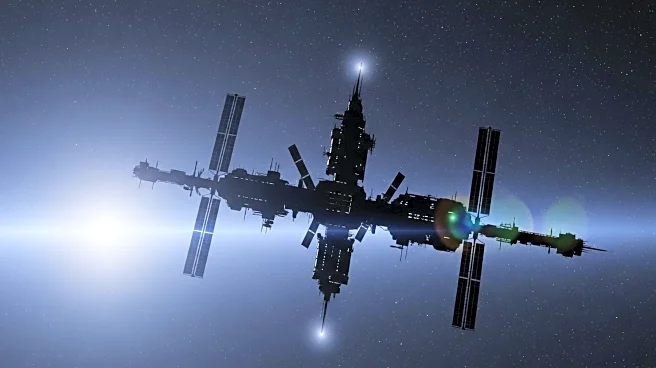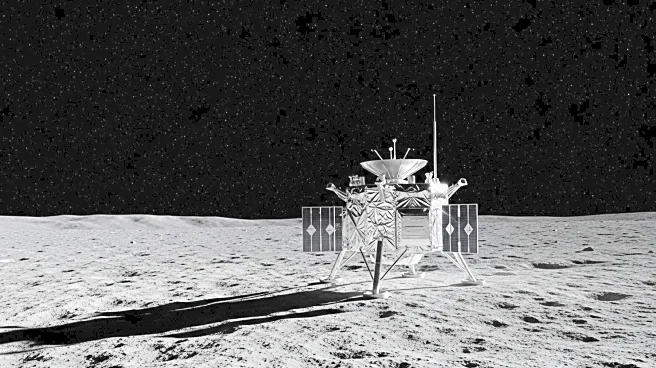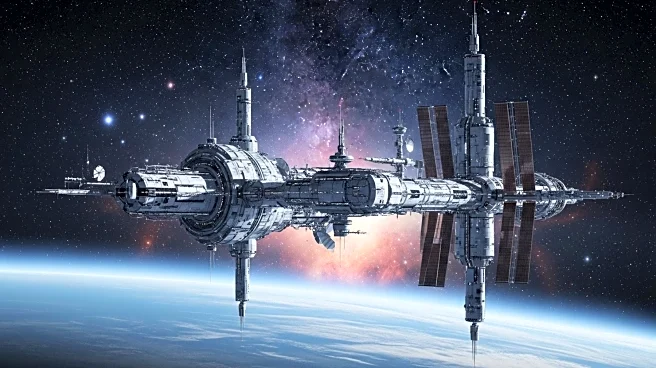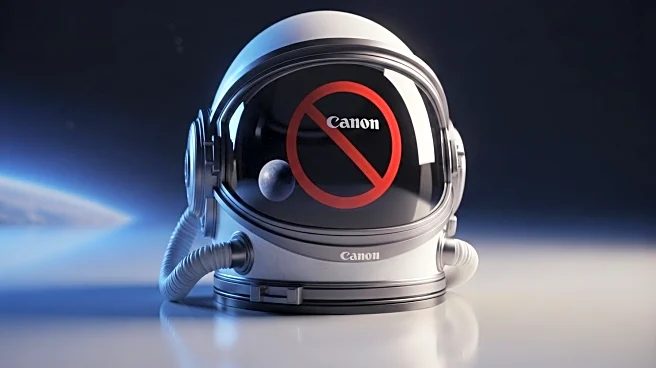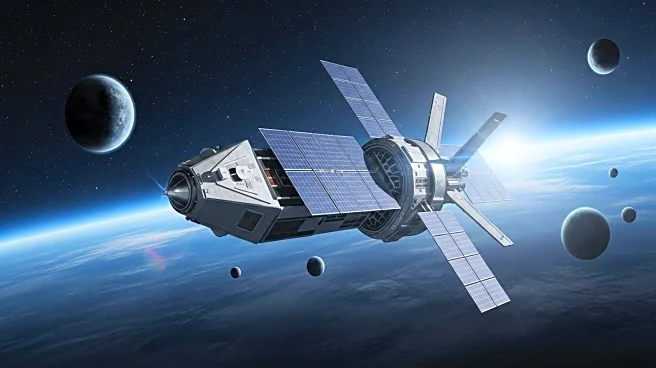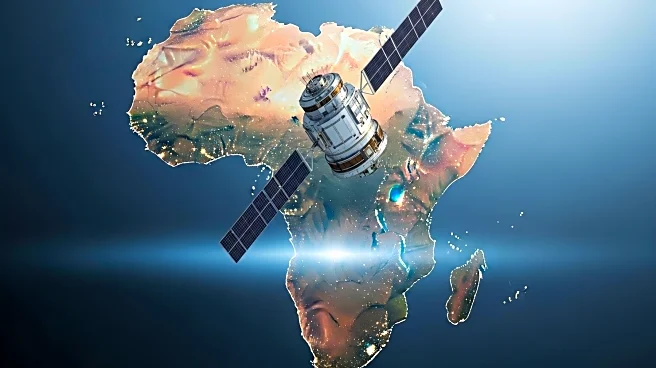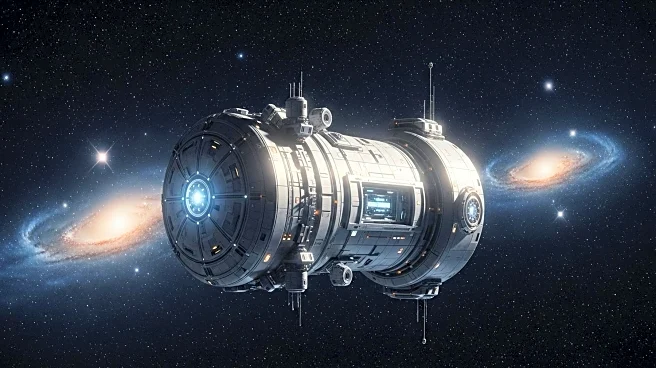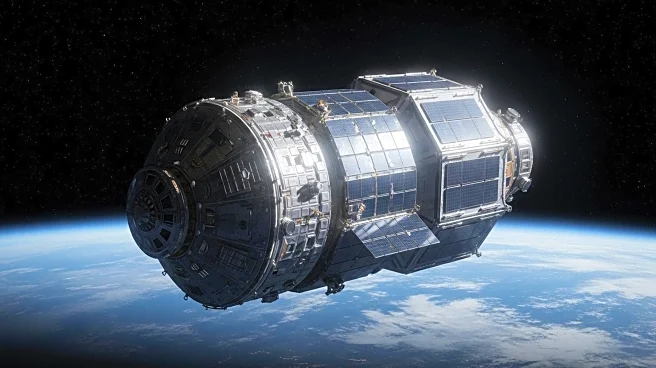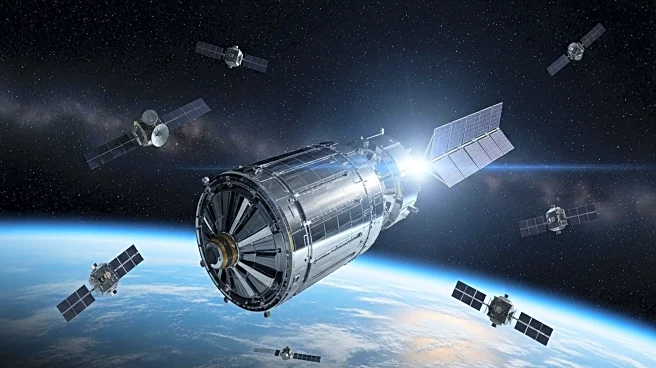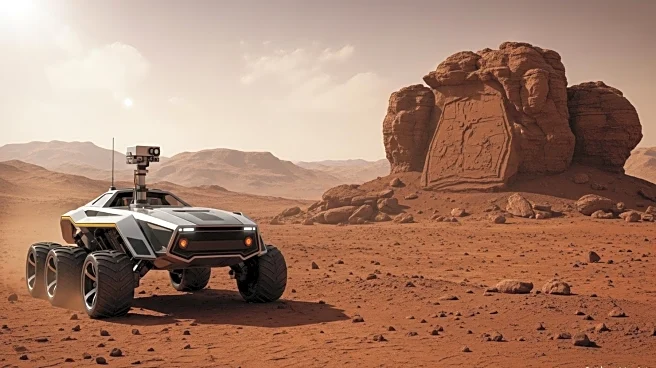What is the story about?
What's Happening?
The discussion around the concept of 'what goes up must come down' has been illustrated through the historical example of Skylab, the first United States space station. Skylab was launched in May 1973 and remained in orbit until July 1979, when it re-entered Earth's atmosphere and disintegrated over Western Australia. This event underscores the principle that objects in low Earth orbit eventually experience orbital decay due to atmospheric friction and tidal forces, leading to their re-entry. The conversation also touches on the broader implications of orbital mechanics, including the potential for satellites in higher orbits to either decay unpredictably or be ejected into solar orbit.
Why It's Important?
Understanding orbital decay is crucial for the management of space debris and the sustainability of satellite operations. As more satellites are launched, the risk of collisions and the accumulation of space debris increase, posing threats to both manned and unmanned space missions. The Skylab incident serves as a reminder of the need for effective end-of-life strategies for satellites to minimize debris. This has implications for space policy and international cooperation in space exploration, as countries must work together to address these challenges. The economic impact is also significant, as satellite technology plays a vital role in telecommunications, weather forecasting, and global positioning systems.
What's Next?
Future developments in space technology may focus on improving satellite design to extend operational life and reduce the risk of orbital decay. Innovations such as propulsion systems that can adjust orbits and technologies for deorbiting satellites safely are likely to be prioritized. Additionally, international regulations and agreements may be strengthened to ensure responsible satellite deployment and disposal. Stakeholders, including space agencies and private companies, will need to collaborate on these initiatives to ensure the long-term sustainability of space activities.
Beyond the Headlines
The ethical dimension of space exploration involves considering the environmental impact of space debris and the responsibility of nations to prevent harm to Earth's atmosphere and surface. The cultural significance of space exploration, as exemplified by Skylab, continues to inspire scientific curiosity and technological advancement. Long-term shifts may include increased investment in space research and the development of new industries related to space tourism and asteroid mining.
AI Generated Content
Do you find this article useful?
